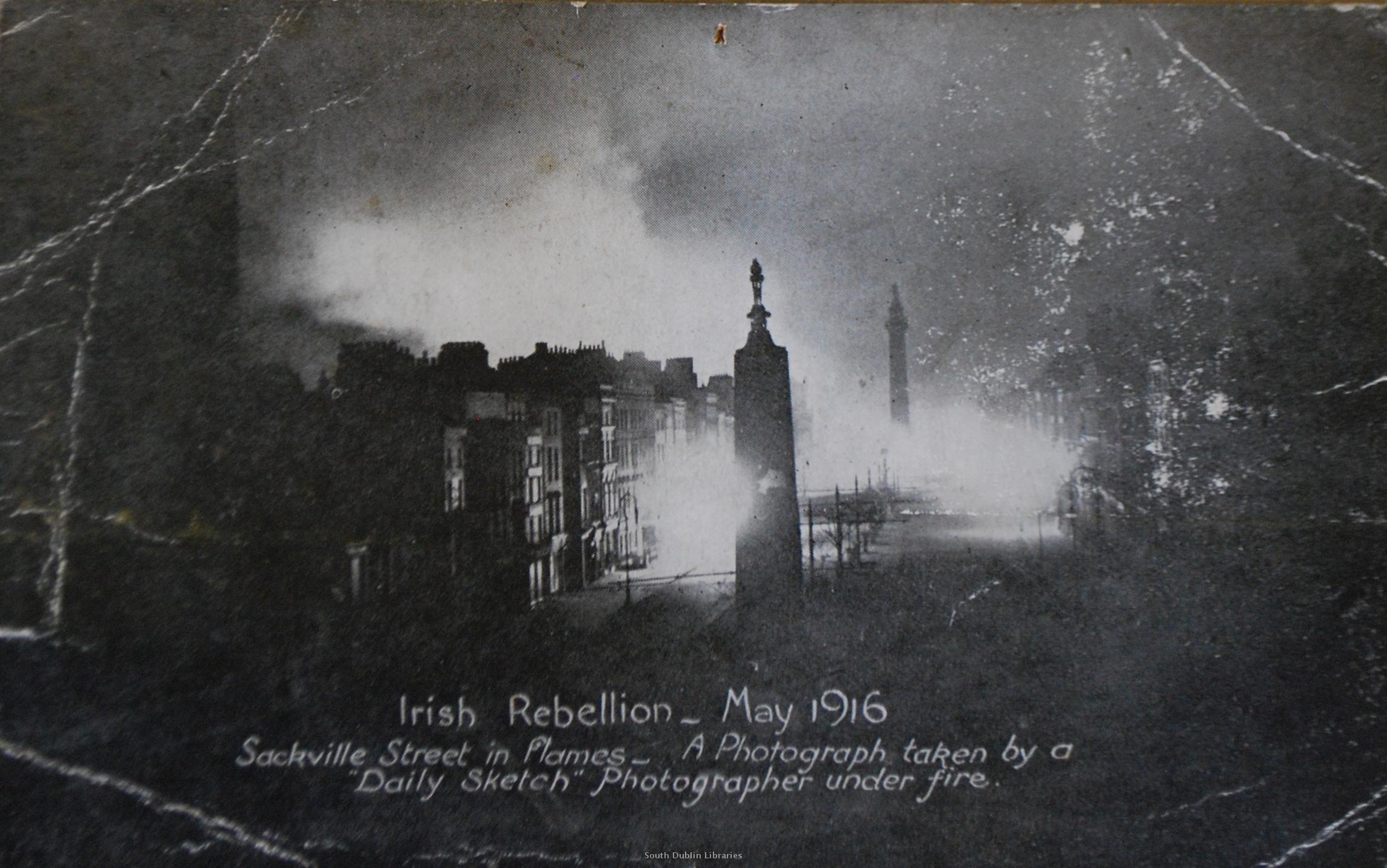Two days have passed since I criticised the risible scaremongering amongst sections of the domestic and UK press, as well as various opportunist politicians, following contradictory statements by PSNI officers investigating the related murders of Gerard Davison in May and Kevin McGuigan this August, both in the city of Belfast. In particular confused claims over the alleged involvement of former or current volunteers of the (Provisional) Irish Republican Army in the shooting dead of McGuigan led to some knowingly untrue or distorted reports in the national news media in Dublin, as well as by some further afield. While a healthy dose of scepticism in relation to Sinn Féin and the movement it represents is perfectly reasonable, for obvious reasons, it is clear that the rush to judgement in this case was motivated by the political fears of SF-hating journalists and politicians rather than genuine concerns over the sanctity of life or the rule of law (the reaction three months ago to the slaying of Kevin McGuigan, a former senior brigade officer in (P)IRA, was notably gloating in the newspaper columns and online comments of some well-known Irish media figures).
Yesterday the chief constable of the British paramilitary police force in the north-east of Ireland, the PSNI’s George Hamilton, issued a clarifying statement which I have published in full below:
“Chief Constable’s statement – PSNI’s assessment of the current status of the Provisional IRA.
22 Aug 2015
I want to respond to the requests from various quarters for me to bring some clarification regarding my assessment of the current status and activities of the Provisional IRA.
We should all remember at the outset that the stimulus for this public debate has been the tragic murder of Kevin McGuigan following the equally tragic murder of Gerard ‘Jock’ Davison. At the outset we would do well to remember that there are grieving families today and there are ongoing murder investigations that I will not compromise or jeopardise by unnecessary public commentary or speculation.
At this stage we assess that some Provisional IRA organisational infrastructure continues to exist but has undergone significant change since the signing of the Belfast Agreement in 1998. Some, primarily operational level structures were changed and some elements have been dissolved completely since 2005.
We assess that in the organisational sense the Provisional IRA does not exist for paramilitary purposes. Nevertheless, we assess that in common with the majority of Northern Ireland paramilitary groups from the period of the conflict, some of the PIRA structure from the 1990s remains broadly in place, although its purpose has radically changed since this period. Our assessment indicates that a primary focus of the Provisional IRA is now promoting a peaceful, political Republican agenda. It is our assessment that the Provisional IRA is committed to following a political path and is no longer engaged in terrorism. I accept the bona fides of the Sinn Fein leadership regarding their rejection of violence and pursuit of the peace process and I accept their assurance that they want to support police in bringing those responsible to justice. We have no information to suggest that violence, as seen in the murder of Kevin McGuigan, was sanctioned or directed at a senior level in the Republican movement.
Although still a proscribed organisation, and therefore illegal, we assess that the continuing existence and cohesion of the Provisional IRA hierarchy has enabled the leadership to move the organisation forward within the peace process. Some current Provisional IRA and former members continue to engage in a range of criminal activity and occasional violence in the interest of personal gain or personal agendas.
I want to comment on the connection, or lack of connection between the PIRA and the group calling itself ‘Action Against Drugs’. Action Against Drugs has emerged from within the Republican community from a range of backgrounds. Some are former members of the Provisional IRA, but others have links to Violent Dissident Republican groups and others are from a pure organised crime background. This group is intent on taking action against what it perceives as anti-social elements in Belfast but this is done in pursuit of their own criminal agenda. They are little more than an organised crime group in my view and we assess that Action Against Drugs is an independent group that is not part of, or a cover name for the Provisional IRA.
That said, in the McGuigan murder enquiry the SIO is appropriately following a line of enquiry that has shown connections and cooperation between Action Against Drugs as a group and a number of individuals who are members of the Provisional IRA. As I have just said, we are currently not in possession of information that indicates that Provisional IRA involvement was sanctioned or directed at a senior or organisational level within the Provisional IRA or the broader Republican movement.
In conclusion, I want families and communities to have confidence in the murder investigations that we are conducting. These investigations will be conducted with integrity, professionalism, in a thorough manner and without fear or favour.
I will not sacrifice my operational independence, or allow the investigation to be influenced by political commentary or even political consequences. We will go where the evidence takes us. I would again appeal for information from the community in assisting us on bringing those responsible to justice.
Thank you.”
In an even more explicit comment Hamilton remarked in a media briefing that (P)IRA was “…not on a war footing“, nor was it seeking to be so. Yet again, this is the reality of a cold peace rather than a hot war in the British Occupied North of Ireland. The problem is that some on the political right of Irish politics, unionist-sympathisers and colonist-deniers, are still fighting a counter-insurgency campaign on behalf of Britain that the British accepted was lost long ago.


















